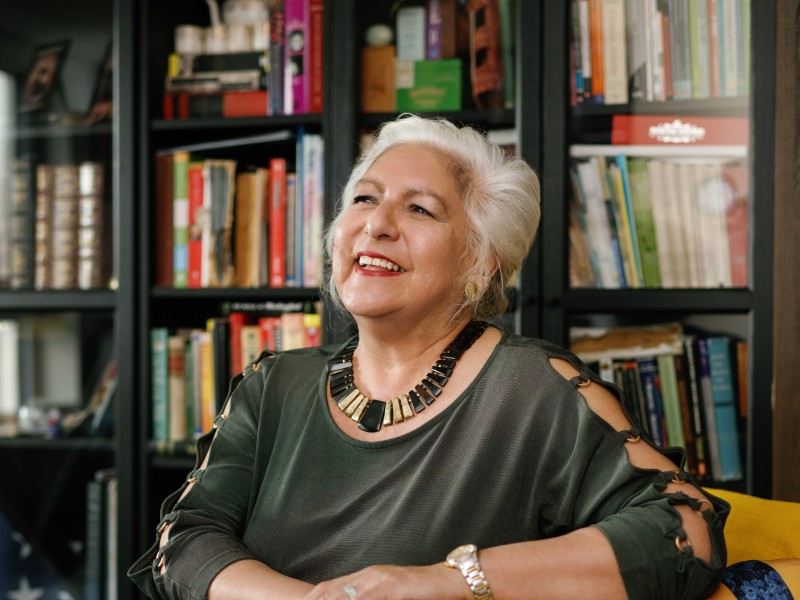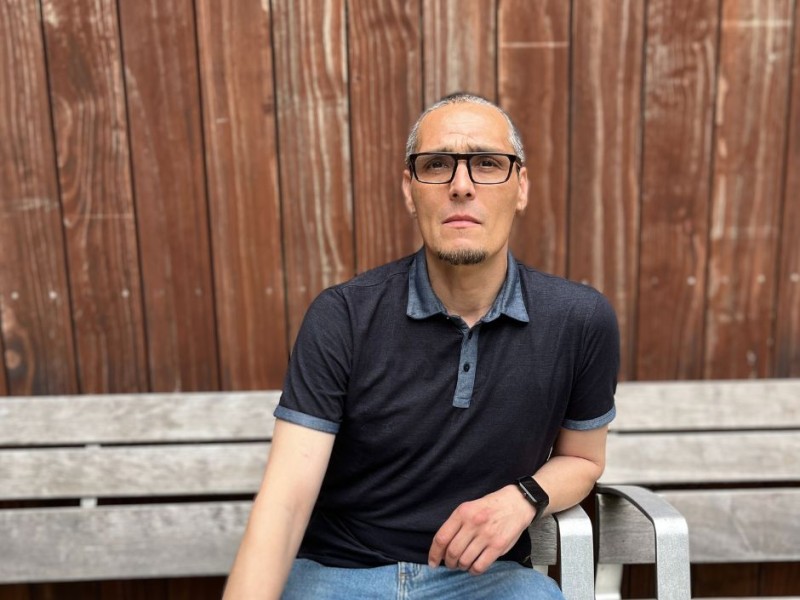How to build a technology program for seniors
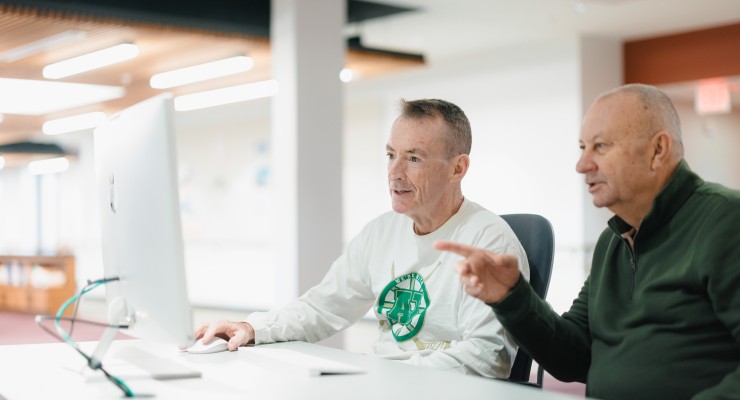
In the halls of 2Life’s communities — where more than 50% of residents are not native English speakers — seniors can often be spotted using the Google Translate app on their phones to have a conversation with neighbors who do not speak their language.
This is just one of the many successes of the Resident Technology Support Program.
Mastering technology is important for everyone, especially seniors. Older adults are facing a crisis of loneliness and isolation, and technology can provide an accessible way to connect with friends, family, and like-minded people. In addition to using translation services, seniors can find great satisfaction in filling out online applications, completing doctors’ forms, and accessing information and entertainment.
Today, nearly half of 2Life’s residents participate in the Resident Technology Support Program. That totals over 900 residents. Of the 150 residents who responded to a survey on the impact of the program, every single one said they would recommend the classes they had taken to their neighbors.
Read on for the three key lessons learned from the program’s success.
Lesson #1: Make community the motivation for mastering technology.
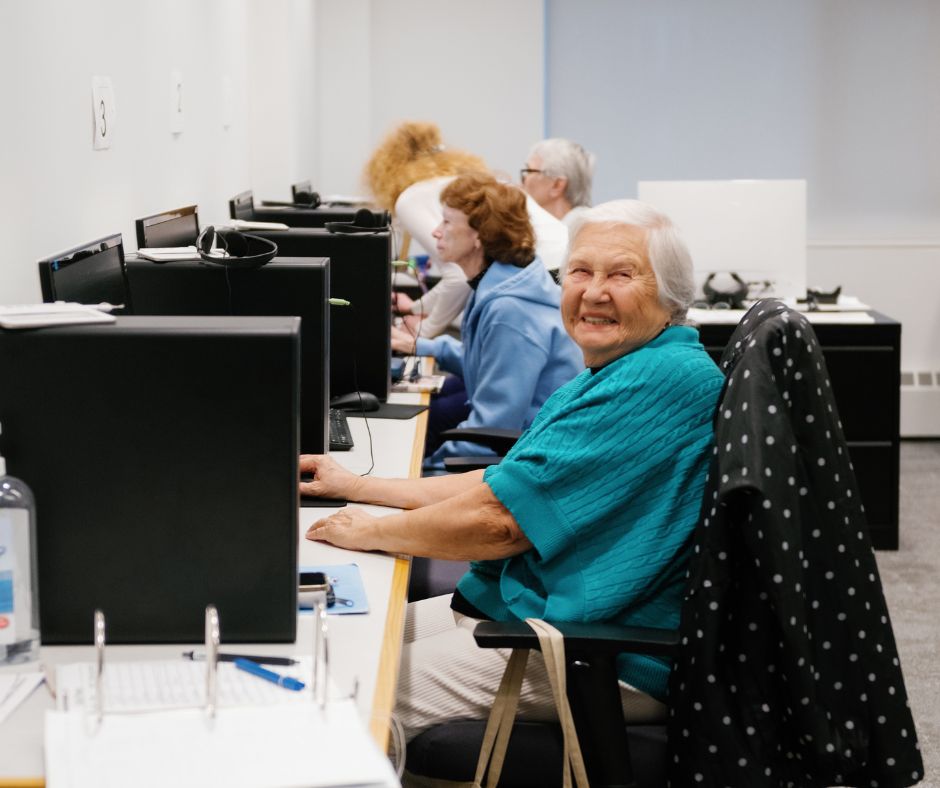
Learning a new skill is hard, and the ever-evolving world of technology can steepen the learning curve. Creating a community of resident technology learners who support one another in their technical education and genuinely enjoy time spent together can make the difference between giving up on learning and showing up to a class.
Sometimes the best reason to keep working at a new skill, even when it is challenging, is that the experience of learning is fun. Make technology classes engaging. Give people an opportunity to socialize. If participants look forward to coming to workshops and learning new tech skills, they will come more often and learn more over time. A lively community of technology learners cheering each other on matters.
Lesson #2: Build a robust curriculum, and don’t be afraid to innovate.
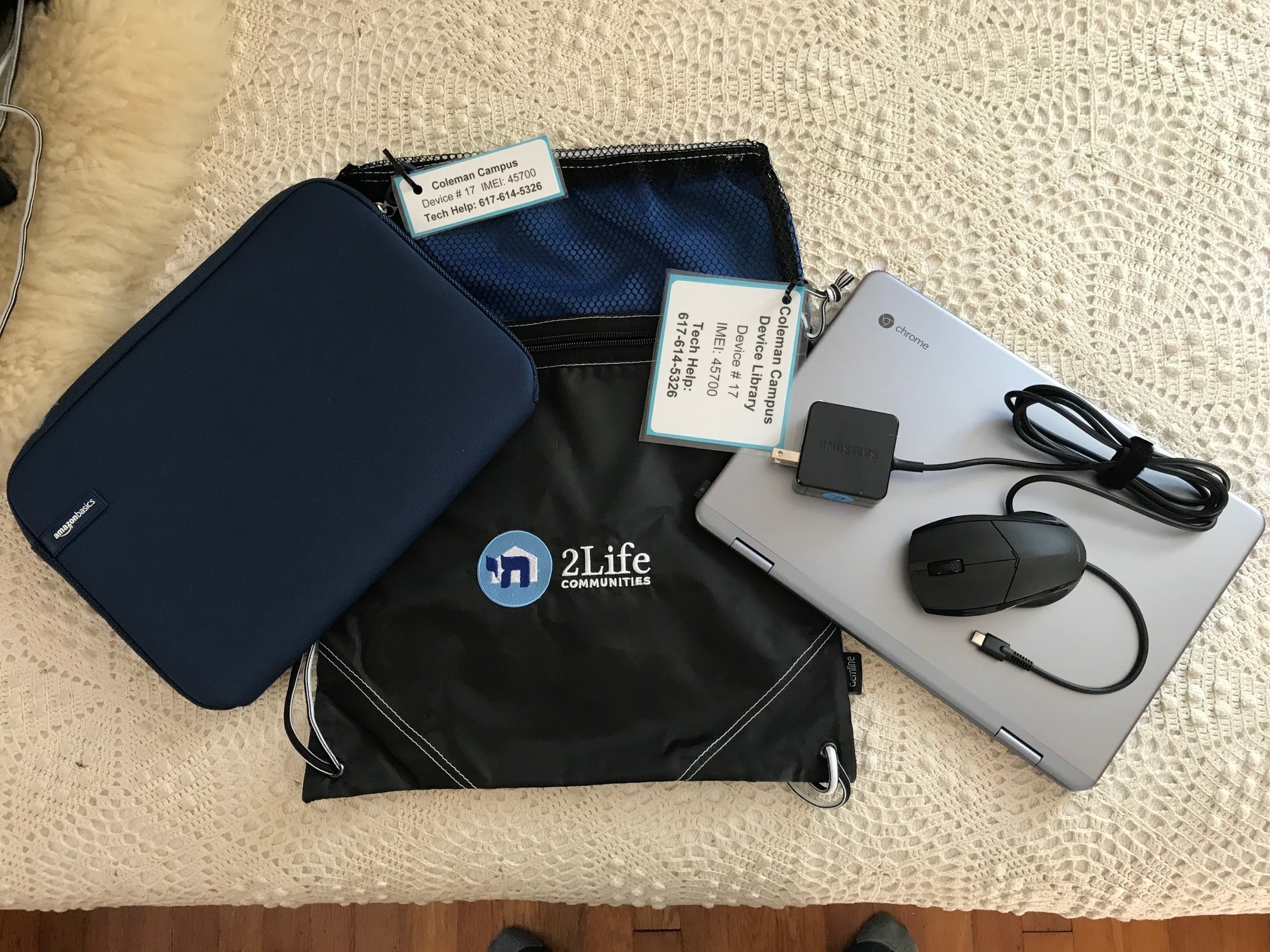
2Life’s program has over 30 different courses, all of which fall into three major programmatic areas.
- The first is the basics, such as how to navigate a device, access the Internet, and connect devices to one another.
- The second area is activities of daily living, such as navigating medical portals, submitting applications for benefits, and running an Internet search.
- The third is communication, such as videoconferencing, email, social media, and translation tools.
As technology evolves, opportunities for new courses emerge. For example, Google Translate is another recent introduction that has improved communication across the organization. Innovating the program alongside technological innovation keeps courses relevant and engaging.
Changing times also retire innovation. In 2020, when many seniors were isolating due to Covid-19 and needed technology more than ever to stay in touch with family and friends, the computer labs at 2Life were empty. Residents were isolated in their apartments, and many did not have personal computers or devices of their own.
The Resident Technology Support Program made a major pivot to help residents learn to use portable devices, such as tablets, and created a digital device lending library to make sure that every resident could access a device even if they did not own one. This intervention doubled participation in the program.
Lesson #3: Be strategic with program structure and staff.
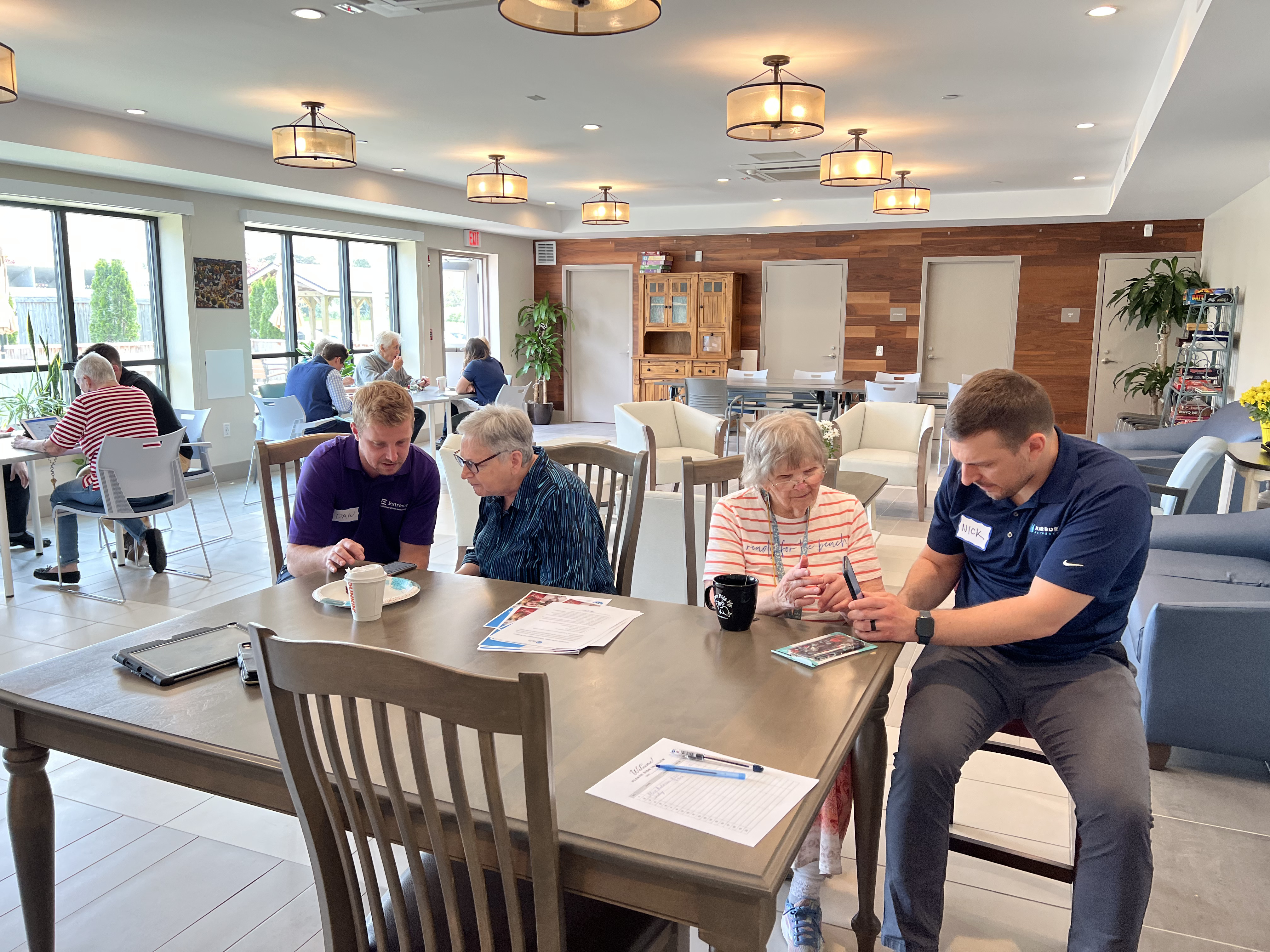
Good structure and staffing are what keeps any program sustainable. A good program structure is efficient and adaptable to a wide range of needs. Group classes, both in person and online, provide the best setting for learning new skills and building community. A flexible combination of open access hours and appointments enables instructors to reach the greatest number of residents. Technical handouts, phone calls, and email support are available to residents outside of instruction time.
A mix of strategic staffing and bringing partners into the fold elevates the program’s impact. At 2Life, the program partners with the IT department on the Digital Device Lending Library and a Wi-Fi setup that matches the program’s needs. The IT department also supports the tablets residents check out of the library and maintains a dedicated Wi-Fi network for the devices and an additional network in common spaces for all residents to use.
Volunteers also play a critical role. One such example: student volunteers from Little Brothers – Friends of the Elderly offer weekly “tech cafés” to 2Life residents, and 2Life’s volunteer program gives residents a range of support options, including additional tech cafés and one-on-one technical support.
Building your program
Technology classes can be as social and innovative as the tools themselves. Whether you are breathing new life into an existing program or just starting out, these three lessons can help you build a program that brings people and teaches the skills they need to thrive.
For more, see “Bridging the Digital Divide for Seniors at 2Life,” a white paper published by LeadingAge.

